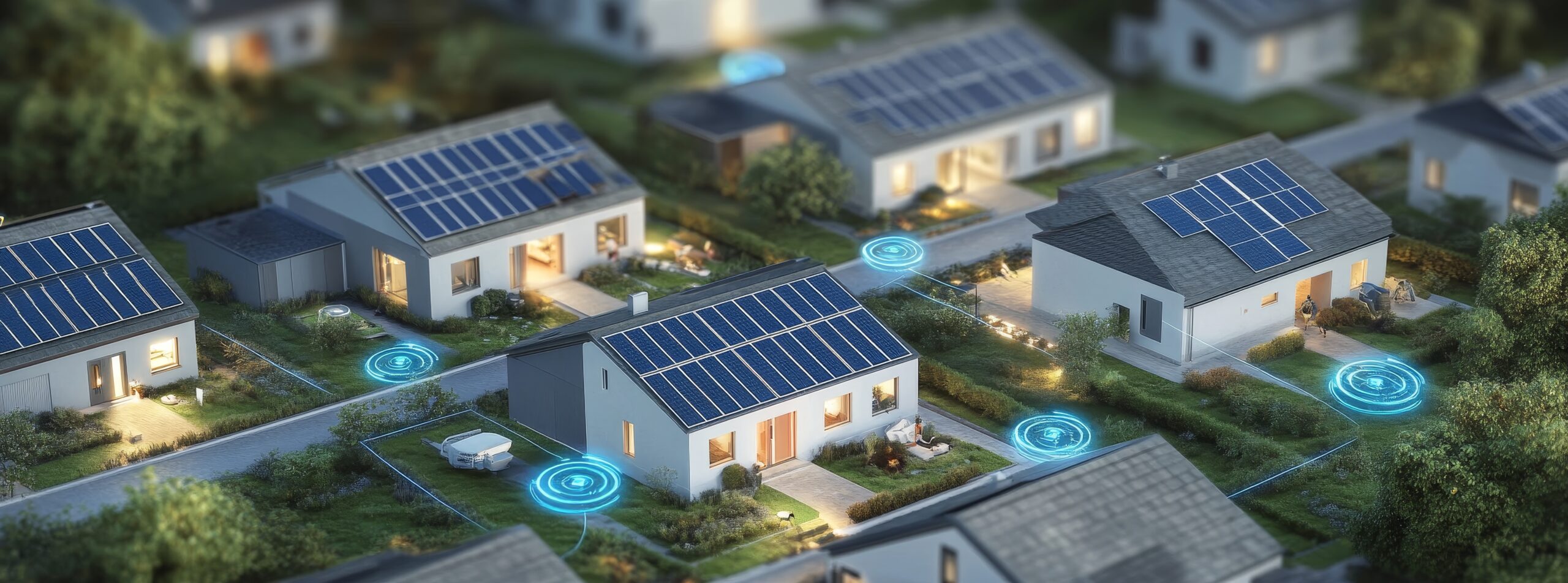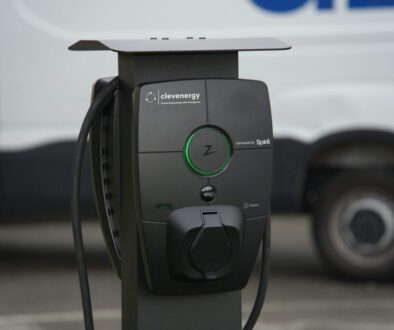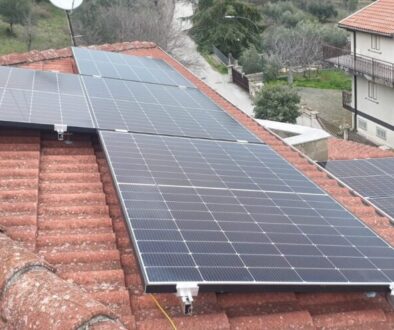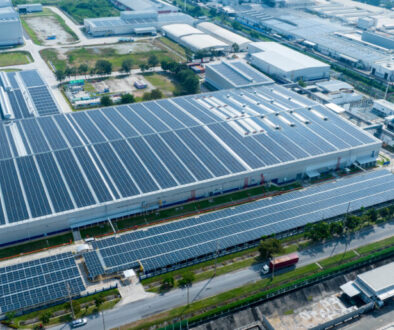More Municipalities, More Time, More Shared Energy: New Regulations on the CACER Ministerial Decree
Energy community

The evolution of the regulatory framework for energy communities and collective self-consumption groups in Italy is opening up a wide range of new opportunities for municipalities, businesses, and citizens. With updates that expand access to incentives, extend deadlines, and introduce important operational simplifications, the shared energy sector is entering a decisive phase of growth.
Extension of Demographic Requirements
One of the key elements of the new regulatory framework is the expansion of the demographic threshold that allows access to the incentives provided by the PNRR. The previous limit of 5,000 inhabitants has been exceeded: today, municipalities with a population of up to 30,000 inhabitants can also participate in calls for proposals.
This change is particularly significant because it allows many medium-sized urban centers, which were previously excluded, to launch projects not only for renewable energy communities (CER), but also for collective self-consumption groups (AUC)—configurations often applied in condominiums, residential or commercial settings.
Extension of deadlines for the PNRR
Another important update concerns the deadline for submitting applications for non-repayable grants under the National Recovery and Resilience Plan, which has been extended to November 30, 2025.
This means more time to set up the configuration, install the systems, and finalize all the necessary documentation to access the funds, both for CERs and collective self-consumption groups.
News about the Reference Date: It’s the End of Work that Counts, Not the Connection
A significant simplification concerns the definition of the reference date for applying for incentives. Previously, the date of connection of the system to the electricity grid was used. With the new regulatory update, however, it is sufficient to demonstrate the date of completion of the work, even if the connection has not yet taken place.
This change offers greater flexibility to designers, installers, and those responsible for configurations, avoiding delays linked to the technical timescales of distributors and allowing deadlines for calls for applications to be met even in the event of delays in the final connection.
A New Scenario for Shared Energy
All these new developments reinforce the appeal of collective self-consumption configurations and renewable energy communities, making it easier and more advantageous to invest in projects that promote renewable sources and local consumption.
Public bodies, citizens, and businesses will now have more tools, more time, and fewer constraints to build virtuous energy sharing models.
The Role of Clevenergy
Clevenergy is ready to guide public and private customers through this new regulatory landscape. Our team offers technical and strategic consulting for the creation of energy communities and collective self-consumption groups (AUC), taking care of every stage of the process: from system design to paperwork management, commissioning, and continuous monitoring through advanced platforms such as Enersync.
With these new opportunities, there has never been a better time to shape a shared energy configuration: sustainable, affordable, efficient.
Contact us for a personalized consultation and discover how to transform the new regulations into concrete advantages for your area, your building, or your company.



